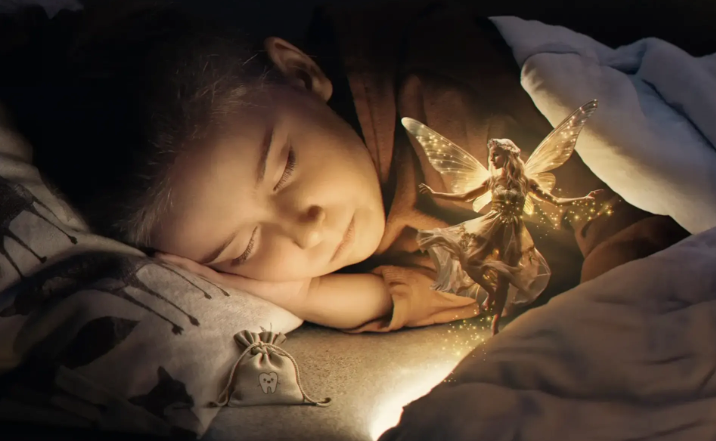Ancient Beginnings
The Tooth Fairy's roots can be traced back to ancient cultures and their unique customs surrounding children's lost teeth. One of the earliest recorded tooth-related rituals comes from Norse mythology, where children's teeth were seen as potent talismans. Vikings believed these teeth could protect them in battle and bring good luck. As a result, children would leave their lost teeth in a piece of jewelry or amulet for safekeeping.
Similarly, it was common in medieval Europe to bury lost baby teeth to protect the child from hardships in the afterlife. This practice was rooted in superstition and was meant to ensure a smooth transition into adulthood.
The Evolution of the Tooth Fairy
The modern concept of the Tooth Fairy as we know it today began to take shape in the early 20th century, thanks to the merging of various cultural influences and the rise of commercialization.
One of the earliest mentions of the Tooth Fairy in print appeared in a 1927 "Household Hints" column in the Chicago Daily Tribune. It suggested that parents tell their children about the Tooth Fairy to make losing their teeth less frightening and exciting. This advice quickly gained popularity, and the Tooth Fairy's legend began to spread.
By the mid-20th century, the Tooth Fairy had become a well-established part of American folklore, and the tradition began to evolve further. Children would place their lost teeth under their pillows at night, and in exchange, the Tooth Fairy would leave a small monetary reward. The amount often varied depending on regional customs and family traditions.
Global Variations
While the Tooth Fairy is most commonly associated with the United States, variations of the tradition can be found in many other countries worldwide. In some cultures, a tiny mouse or a different mythical character fulfills the role of the tooth collector.
For example, in many Spanish-speaking countries, "Ratoncito Pérez" is a tiny mouse who takes children's teeth and leaves a small gift or money in return. Similarly, "La Petite Souris" or the Little Mouse carries out this tooth-exchanging tradition in France.
The Tooth Fairy, a cherished figure in the hearts of children and parents alike, has a rich and diverse history that stretches back through time and across cultures. What began as ancient customs to protect and celebrate children's lost teeth has evolved into a delightful modern tradition that brings joy and wonder to countless households worldwide.
As we celebrate the Tooth Fairy's magical visits and the excitement it brings to our children, we can also appreciate the rich tapestry of folklore and tradition that has shaped this endearing character. Whether you call her the Tooth Fairy, Ratoncito Pérez, or something else entirely, the spirit of celebrating childhood milestones remains universal and timeless.
TREAT YOUR MOUTH TO A BETTER FLOSSER
JOIN OUR COMMUNITY
@slateflosser



